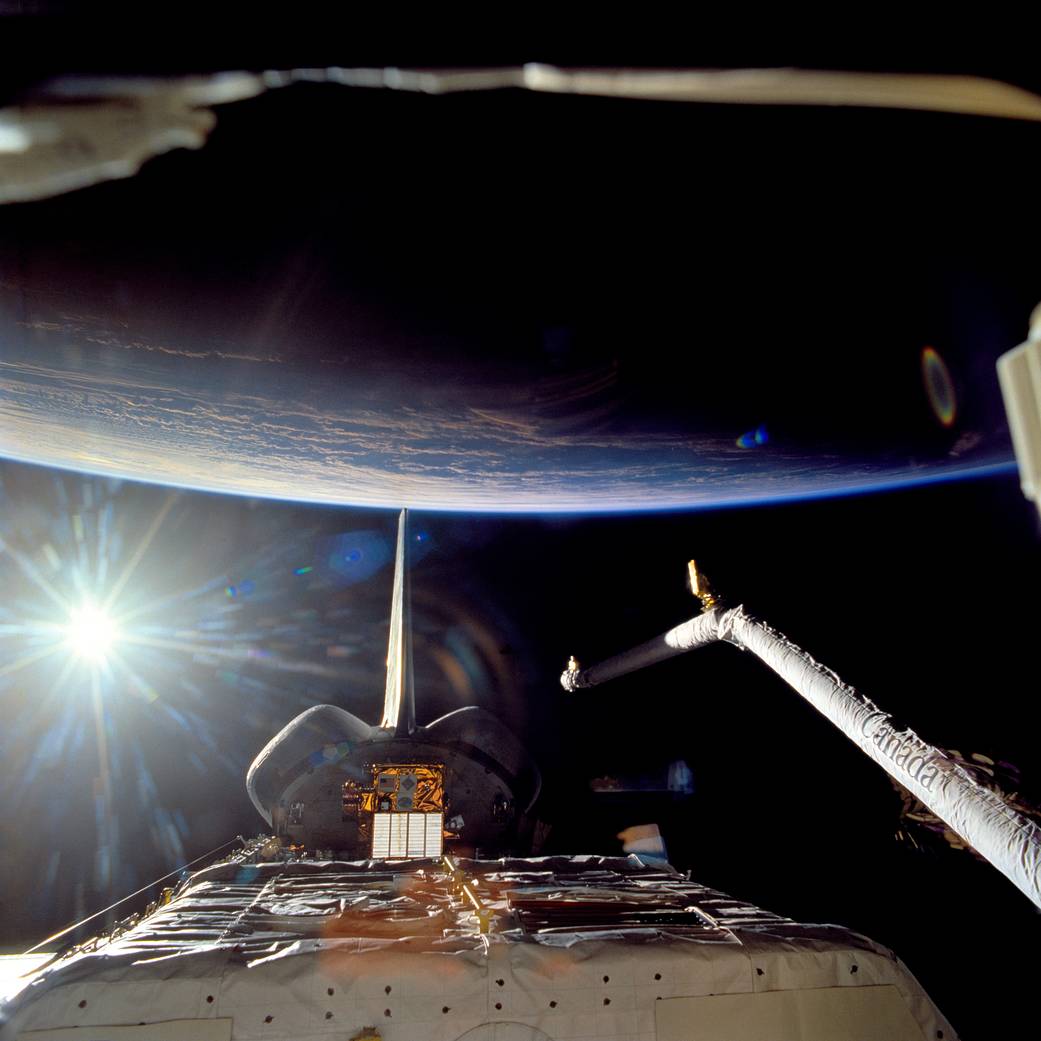This week in 1995, STS-63 launched aboard the space shuttle Discovery from NASA’s Kennedy Space Center. STS-63 marked the third flight of SPACEHAB-3, a commercially developed module that carried 20 experiments, including biotechnology and advanced material development experiments, technology demonstrations and hardware measuring on-orbit accelerations. Today, the Payload Operations Integration Center at NASA’s Marshall Space Flight Center serves as “science central” for the International Space Station, working 24/7, 365 days a year in support of the orbiting laboratory’s scientific experiments. The NASA History Program is responsible for generating, disseminating and preserving NASA’s remarkable history and providing a comprehensive understanding of the institutional, cultural, social, political, economic, technological and scientific aspects of NASA’s activities in aeronautics and space. For more pictures like this one and to connect to NASA’s history, visit the Marshall History Program’s webpage. (NASA)
1 min read




























